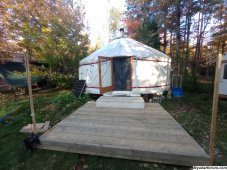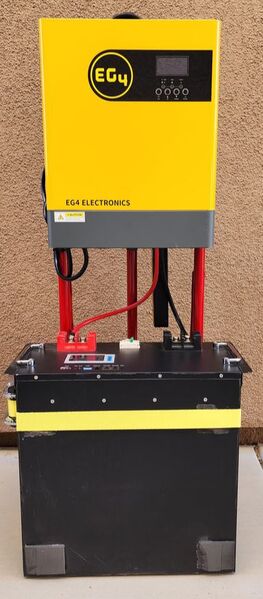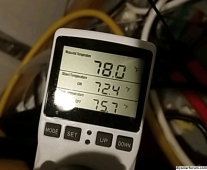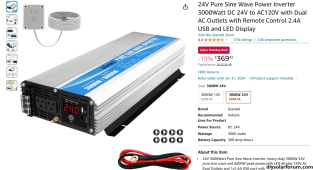Greetings solar wizards!
Im a teacher who lives in an off grid yurt in northern Vermont, and need to pick new batteries for my solar system. I want something low maintenance that will be reliable. I'm leaning towards a lithium option and would like to increase my available power. What batteries do you recommend?
Current Set Up:
4 Trojan T-105 FLA batteries (6 years old)
3, 300 watt 24v panels
3 Victron 75|15 controllers
Cotek SP-1000 inverter (will possibly upgrade)
Cotek battery charger
Concerns:
1. Compatibility with current system
2. Temperature fluctuations. I heat with wood and teach during the day so there can be a drastic temperature change during the chilly months (October-May). I run a backup propane heater to try and keep things above freezing, but keeping things above freezing is always a concern. Should I consider SOK batteries with the built in heating pads?
3. Should I get 2x12v batteries or 1 24v battery?
Thank you so much for your time and support!
Evan
Im a teacher who lives in an off grid yurt in northern Vermont, and need to pick new batteries for my solar system. I want something low maintenance that will be reliable. I'm leaning towards a lithium option and would like to increase my available power. What batteries do you recommend?
Current Set Up:
4 Trojan T-105 FLA batteries (6 years old)
3, 300 watt 24v panels
3 Victron 75|15 controllers
Cotek SP-1000 inverter (will possibly upgrade)
Cotek battery charger
Concerns:
1. Compatibility with current system
2. Temperature fluctuations. I heat with wood and teach during the day so there can be a drastic temperature change during the chilly months (October-May). I run a backup propane heater to try and keep things above freezing, but keeping things above freezing is always a concern. Should I consider SOK batteries with the built in heating pads?
3. Should I get 2x12v batteries or 1 24v battery?
Thank you so much for your time and support!
Evan










